Dyslipidemia Pocket Guide 2015
by
Introduction
Dyslipidemia is a group of disorders characterized by changes in plasma lipid or lipoprotein quantity or quality (Marais, 2013). Dyslipidemias may be genetically acquired, or arise from other medical conditions or external factors. They range from common, mild disorders to extremely rare and severe forms of disease. Dyslipidemia is a known risk factor of cardiovascular disease (CVD). Understanding the genetic and environmental factors that mediate dyslipidemia pathophysiology facilitates diagnosis and management, while reducing the risk of developing CVD.
Lipid overview
Lipids are fat molecules that are soluble in non-polar organic solvents and insoluble in water. In humans, they are a diverse group of molecules that provide energy storage and structure, and activate enzymes. In addition, lipids are required to absorb other dietary lipids and metabolize fat-soluble vitamins such as vitamins A, D, E, and K. They are classified in to eight categories by the Lipid Metabolites and Pathways Strategy (Lipid MAPS). These categories are: the fatty acyls, glycerolipids, glycerolphospholipids, sphingolipids, sterol lipids, prenol lipids, saccharolipids, and polyketides (Fahy et al., 2009).
Lipids are functionally distinct and several are crucial for mammalian cell and human body function. Lipids that are directly or indirectly associated with dyslipidemia include fatty acids, cholesterol, phospholipids, triglycerides, and plant sterols. Dyslipidemia diagnosis is often made when plasma cholesterol or triglyceride levels, or both, are measured outside the normal range.
Fatty acids are fatty acyls. They are considered the building blocks of more complex lipid molecules. The fatty acid molecular structure comprises a carboxylic acid group accompanied by long hydrocarbon chains, varying from 4-30 hydrocarbons (Figure 1.1). The hydrocarbon chain renders fatty acids non-polar and hydrophilic, and the numerous carbon-hydrogen bonds are considered energy-rich. The structure of a simple fatty acid is shown in Figure 1.1.
Product Details
- Print Length: 122 pages
- Publisher: HC-HealthComm (June 29, 2015)
- Publication Date: June 29, 2015
- Language: English
- ASIN: B010ON832O

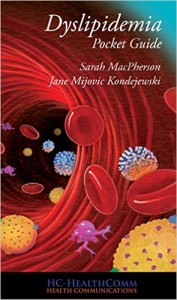
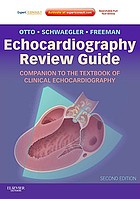
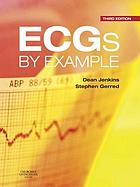
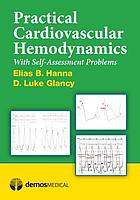

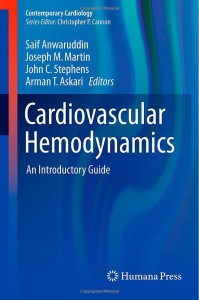
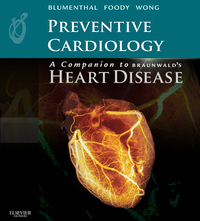
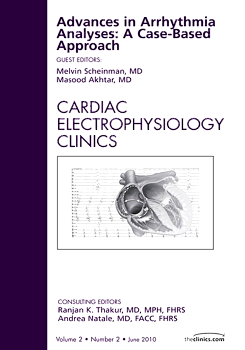

Reviews
There are no reviews yet.